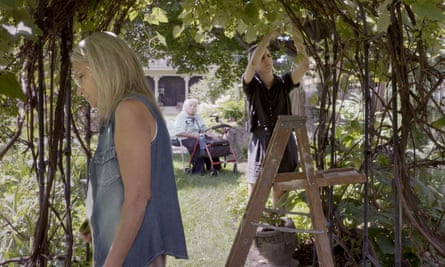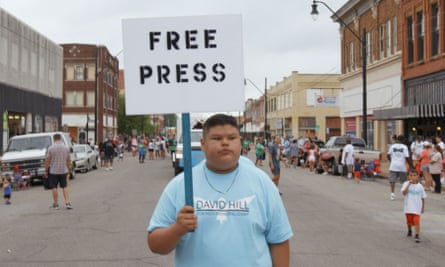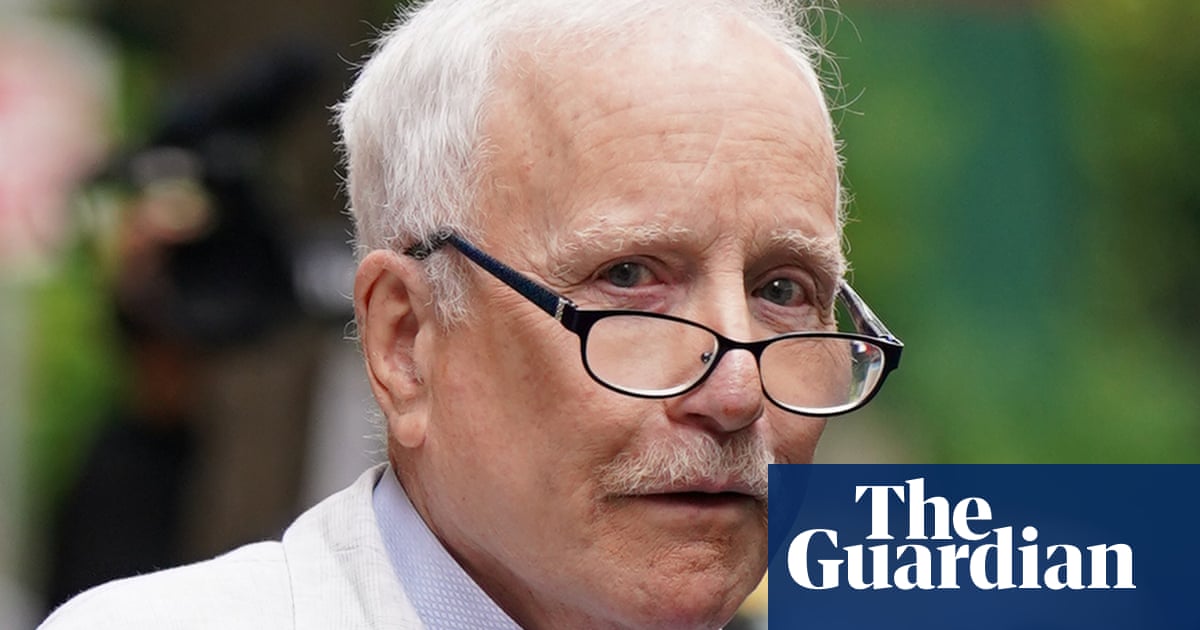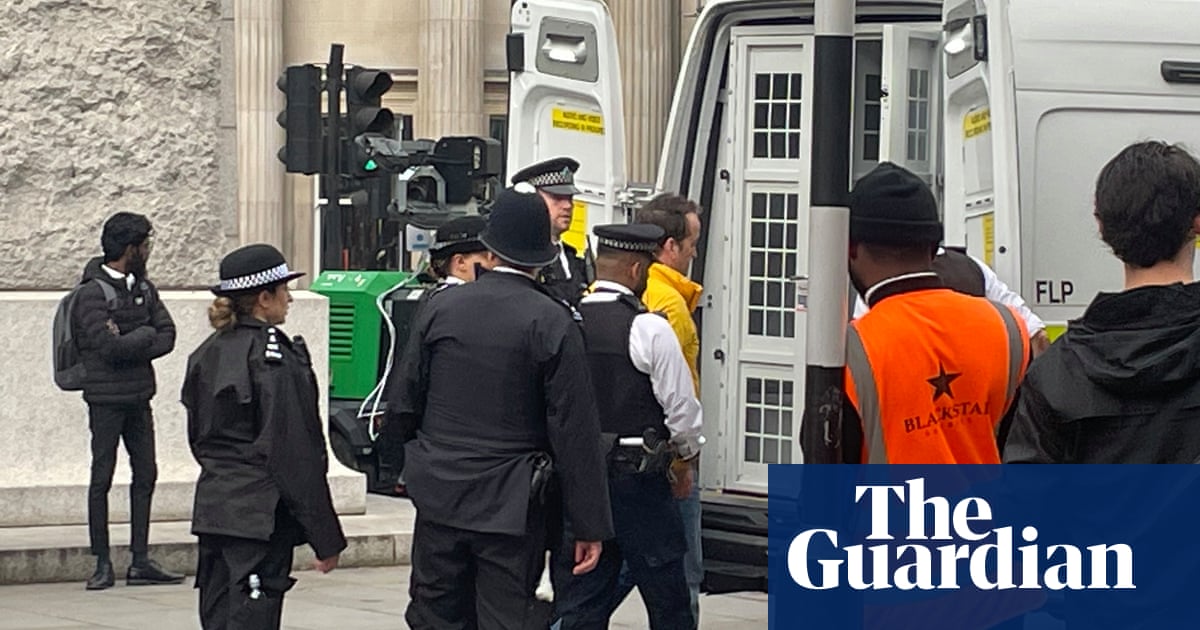Nearly every year since graduating from school in 2014, I have journeyed back from one coast or another to my former college town of Columbia, Missouri, in the name of film to attend True/False – a singular documentary festival in the center of the US.
Having True/False in my backyard throughout college, I took for granted how extraordinary it was until I ended up thousands of miles away. Returning, I am always struck by the big questions True/False asks, the spirit of experimentation it embodies, and the incredible community that rallies around it.
Founded by local curators David Wilson and Paul Sturtz, True/False is known for its balanced mix of experimental work and traditional narrative films. While many festivals seem to cater more heavily to industry and press, True/False also appeals to a large percentage of locals who simply come to appreciate the art of documentary film-making. And though it often is the next stop on the festival circuit after Sundance, it is not heavily awards-centric nor an event where big distribution deals are made, creating a laid-back environment where film-makers can enjoy global talent in an environment of small-town hospitality.
The festival celebrated its 20th anniversary this year, marking the occasion with a lineup that embodied its mission of interrogating the ever-thin line between truth and fiction. As its website’s programming page says: “Films are often slotted into two categories – documentary and fiction – but we believe that every film falls somewhere in between.”

This year True/False screened 33 feature films and 25 short films, including a number of US debuts and a handful of international debuts. Chloé Trayner, a curator who took over programming for the festival in 2021, said this year’s films were more intimate in nature and sought to connect the personal to broader political issues.
“We showed a lot of personal films that had wider discussions behind them, which was really exciting to see,” she said. “Many of our films engaged with the idea of how to tell stories about communities from different perspectives, rather than as an outsider.”
Such films included Hummingbirds, in which the two primary subjects are also co-directors, documenting their summer spent together in a Texas border town. The Taste of Mango follows a film-maker’s journey to repair the long-strained relationship between her mother and grandmother, and Joonam, in which a film-maker attempts to break down language barriers with her Iranian grandmother and reconnect with her heritage.
Trayner said such programming was in keeping with themes of decolonization and “thinking about power dynamics in documentary film-making” – which in many cases means letting subjects tell their own stories. Nowhere in the festival was this more evident in the festival than in The Stroll, a film about the history of the LGBTQ+ movement and New York’s meatpacking district, as told by the transgender sex workers who lived and worked there. It features archival footage from the era and was led by director Kristen Lovell, who reflected on her own experiences in the community.
“That is something that’s really exciting to me – to move away from this idea of film-maker as voyeur and actually really confronting the relationships that film-makers have to have with the people that they’re making films about, or the places they’re making films about,” Trayner said. “It’s about being able to do it in a respectful, mutually beneficial way.”
Archival films in general seem to be having a moment – perhaps in part due to the Covid-19 pandemic, which made in-person filming more difficult in recent years. Last year’s True/False screened Fire of Love – a largely archival film about two volcanologists who died in 1991, which was a national success and is now nominated for an Oscar. This year True/False hosted the premiere of Timebomb Y2K – an entirely archival film that tells the tale of fears of technological collapse at the turn of the century.
True/False programming often relishes the gray areas of film – where characters are nuanced and happy endings are not so clear cut. But this year several films followed more traditional, plot-driven arcs, including Bad Press – about a Native American news outlet struggling for journalistic freedom under tribal law and Going Varsity in Mariachi – about a high school mariachi band competing in state competitions.

“It was very important to us to focus on films that centered on joy instead of just trauma,” said Trayner. “A lot of our films still touch on ideas of trauma, and there may be a political backdrop, but they ultimately center on joy and love.”
No film embodied all of the central True/False themes – community-led stories, the interrogation of objective truth and unique uses of archival footage – than Anhell69, a gripping docu-fiction situated in the queer community of Medellín, Colombia.
The film wove itself around director Theo Montoya’s prior attempts to make a B-movie set in a dystopian version of the city, in which people begin to die so quickly that they cannot be buried, and ghosts begin to walk among the living. In a haunting and poetic voiceover, Montoya describes having to abandon the film as many members of the cast died of overdoses or suicide and he started to “attend more funerals than birthday parties”.
Anhell69 uses archival footage of Instagram feeds and interviews with loved ones to weave a beautiful portrait of queer community, resilience and a tender yearning for a better life. Despite the unimaginable darkness at the center of the film, Montoya’s deep compassion for his subjects shines through the fog of grief, giving the film a sense of affection that nearly presents itself as a shadow of hopefulness. The result is a gorgeous and undefinable portrait of a community steeped in magical realism. Perhaps the best way to describe the film is as it described itself: a “boundless, trans film” that – like the community it follows – defies categorization.

 1 year ago
51
1 year ago
51










 English (US)
English (US)